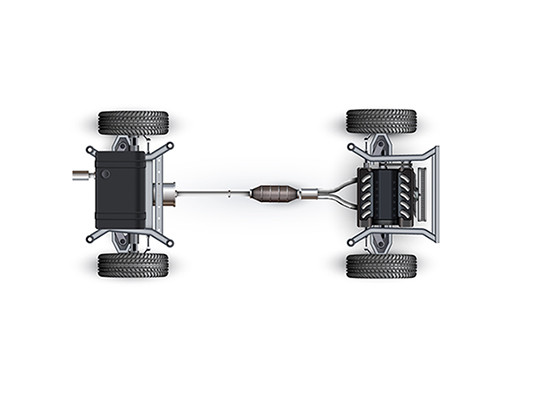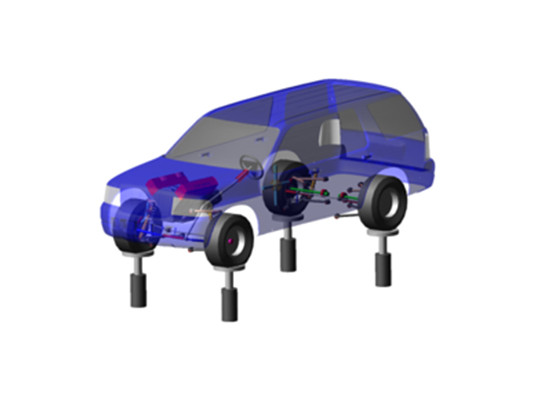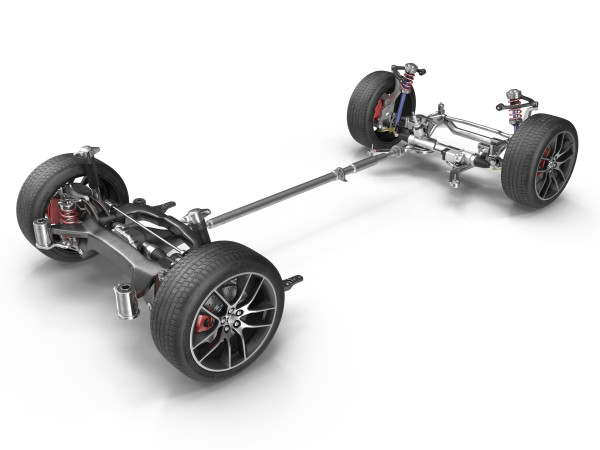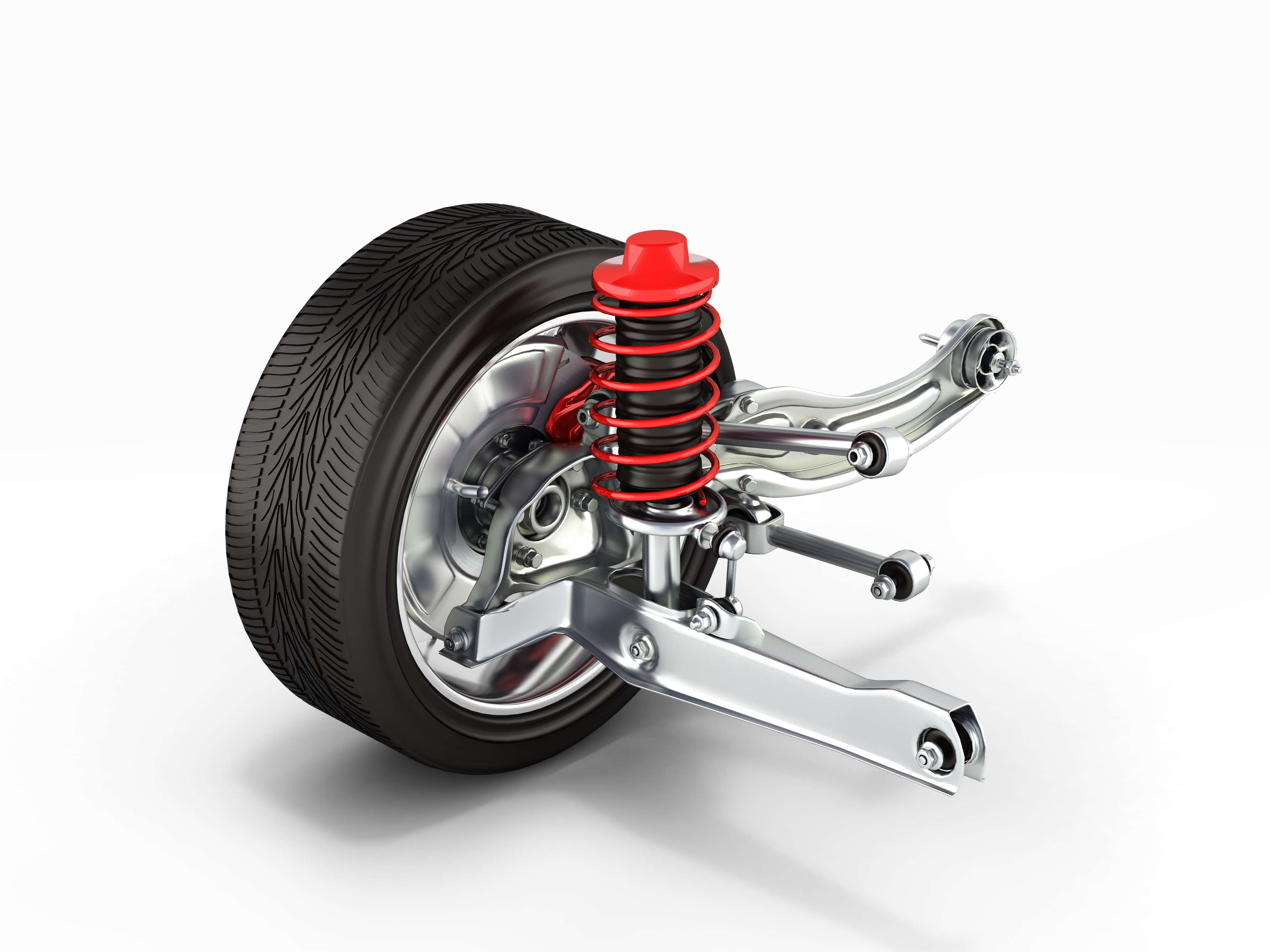Chassis development – from concept to series production
The chassis forms the interface between the vehicle and the road. Mechanical functionality, driving dynamics/comfort and driving safety are paramount when it comes to developing impressive components and systems.
We support you with everything from pre-development to series production, components to systems, and work across disciplines on construction, simulation, road testing and E/E integration.
With our experience in virtual and real-life automobile and vehicle construction, we are your ideal, reliable partner for the entire process of product development from methodical development to safeguarding.

Our strengths
Development of chassis components and systems
We develop your chassis components and systems from concept all the way through to series production, in full consideration of costs and lightweight construction targets. We have many years of expertise in virtual design and optimization.
Components
- Axle beam
- Handlebar
- Wheel carrier/swivel bearing
- Brakes
- Steering
Construction methods and materials
- Casting
- Forging
- Sheet metal forming
- Composite
- Hybrid construction methods
Virtual design in terms of
- Stiffness
- Strength
- Operational strength
- Dynamics and acoustics
- Sensitivity analysis and optimization
Designing driving dynamics and driving comfort
Thanks to our many years of experience, we can resolve the trade-off between a sporty driving performance and comfortable mobility.We offer personalized solutions for every class of vehicle, from the basic design to fine-tuning the chassis. Specifically developed methods accelerate and optimize your development process, facilitating platform and modular solutions for your derivatives.
- Designing kinematics and compliance
- Adjusting wheel variables
- Simulating and evaluating driving behavior (ISO (028049) standard maneuvers)
- Defining target areas
- Validation and benchmark measurements
- Determining objective parameters, trials, correlation analyses
- ESP safeguarding
Virtual protection of the chassis
Virtual protection of chassis-related control units is absolutely crucial, reflecting the growing pressure on costs in vehicle development and ever-shorter development times. We support you in virtually safeguarding the simulation model, and support with function development and safeguarding at the HIL/SIL test bench or directly in the driving simulator.
- Co-simulation
- Integration of virtual control units into complete vehicle simulation models
- Simulative support with function layout
- Testing and validation of ADAS functions
- Testing and safeguarding the chassis components on the test bench and in the vehicle
- Problem management, supplier management and series production management
- Workmanship (preventative and reactive)
Load data acquisition and structural durability
The structural durability of the vehicle (axle and bodywork) is very important to prevent operation breakdowns and potential indemnity claims or recourse claims. This is a significant prerequisite for customer satisfaction. To make valid statements regarding structural durability, we create a vehicle and region-specific profile of requirements for you, which contains all the necessary impact categories.
Based on this profile, we simulate relevant cutting loads in the entire vehicle model for all axle components and bodywork, which are tested for durability and service life with regards to calculation and design, using the finite elements method in the second step of the process. This is then followed by an assessment that provides information used to generate measures for optimization.
- Simulation
- Static loads (linear operating loads, non-linear special loads and misuse loads)
- Dynamic loads (based on measured loads or virtual streets)
- Trial
- Measurement of service-life-relevant maneuvers
- Durability and service life evaluation by means of the finite elements method
- Reduction/optimization of design-relevant maneuvers for stable component damage



